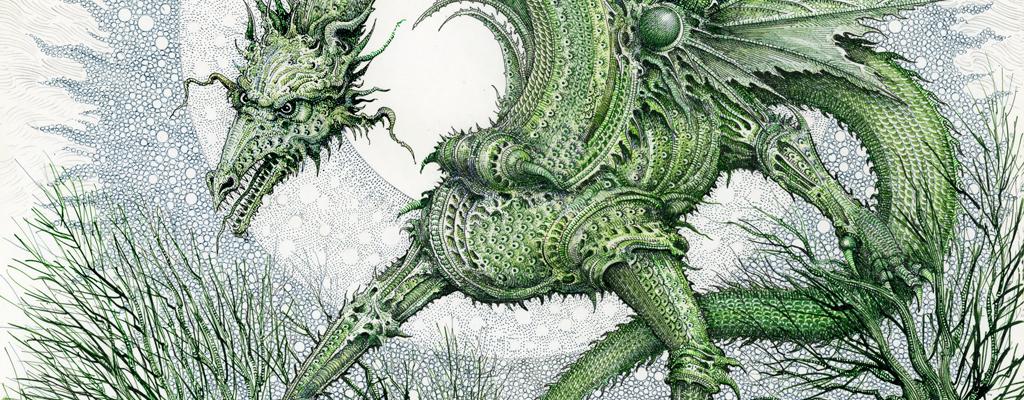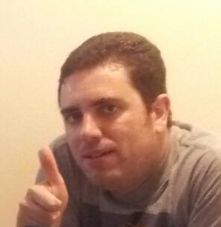Learning Mana Curve
Hi everyone! This article is part of a series in which we learn about Magic the Gathering fundamentals. Today we are going to talk about an important concept: Mana Curve. Are you ready? Let’s start the class!
Background
I would assume that you are all familiar with Mana Curve. Such a concept appeared in 1996 (the so-called Necro-Summer) due to the appearance of a deck designed to beat the Necropotence decks of the time. Does the name “Sligh” sound familiar to you?
Indeed. Paul Sligh, from the United States, took a red deck apparently made of draft remnants, and went on to win Pro Tour Atlanta 1996 with cards like Brass Man, Brothers of Fire, Orcish Artillery and Dragon Whelp. To be honest, the deck was not designed by him but by his friend Jay Schneider; however, it was he who became famous and who gave his name to a whole archetype. You can take a look at the deck here:
2 Dwarven Ruins
4 Mishra’s Factory
13 Mountain
4 Strip Mine
4 Brass Man
2 Brothers of Fire
2 Dragon Whelp
3 Dwarven Lieutenant
2 Dwarven Trader
2 Goblins of the Flarg
4 Ironclaw Orcs
2 Orcish Artillery
2 Orcish Cannoneers
2 Orcish Librarian
1 Black Vise
1 Detonate
1 Fireball
1 Immolation
4 Incinerate
4 Lightning Bolt
1 Shatter
Sideboard
3 Active Volcano
1 An-Zerrin Ruins
1 Detonate
1 Fireball
4 Manabarbs
1 Meekstone
2 Serrated Arrows
1 Shatter
1 Zuran Orb
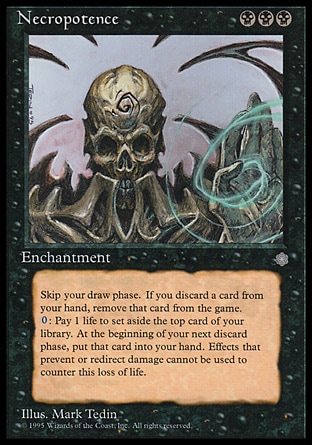
How was he capable of winning a tournament with such low-quality cards, beating Necropotence and other Legacy all-stars? I’m glad you asked.
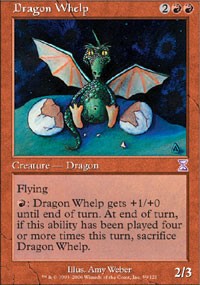
If we study carefully the creatures he played, we see cards like Dragon Whelp and Brothers of Fire, which have abilities that increase the damage output from them. None of the creatures above require other cards to be effective. And the most important thing – there are more cards with converted mana cost 1 than cards with converted mana cost 2, and more cards that cost 2 than cards that cost 3, etc. This was the first time ever that there was some logic behind the cost selection.
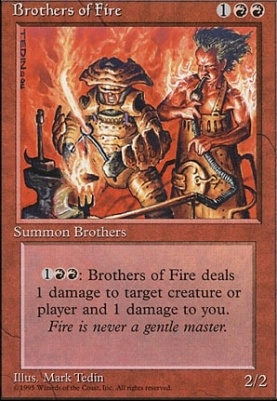
Once this proto-version was improved and streamlined, the typical costs breakdown would typically look like this:
1 mana slot: 9-13
2 mana slot: 6-8
3 mana slot: 3-5
4 mana slot: 1-3
X spell: 2-3
Removal/Burn: 8-10
How does all this stuff translate into game play? If we play this kind of deck we should observe that we always spend all of our mana, every single turn. And if we spend all of our mana it’s because we’re doing things that win the game, right?
Let’s assume that, instead of a coherent mana curve, all our spells cost 3 mana. By doing this, we would not be able to play anything during turns 1 and 2 (and this mana would be lost). Then, on turns 3, 4 and 5, we would only be able to play one spell per turn – and on turn 4 and 5 we would still waste mana. At the end of the day, this lack of efficiency hurts and causes us to lose more games.
So we can conclude:
Having an optimal mana curve is being able to use all the available mana in an efficient way, every turn.
Explanation
Let’s break down the above explanation:
– Available mana: Typically it should be 1 mana on turn 1, 2 mana on turn 2, and so on. The reason for having more cards with cost 1 than with cost 2 is that cost 1 cards can be played on any turn as long as we have the mana. A hand full of cost 1 cards is perfectly playable, whereas a hand with cost 3 and cost 4, not so much.
– Using it every turn: There will be games where we will be flooded (i.e., draw an excess of lands). Paul Sligh used cards like Dragon Whelp or Brothers of Fire, which allow us to spend that excess. Nowadays decks use cards like Walking Ballista, but the concept is pretty much the same. Using creature-lands also alleviates flooding – this makes that type of card extremely powerful.
– Efficient way: Efficient means working towards our main goal, which is winning this game.
We have used red beatdown decks as paramount examples of the Mana Curve, but Mana Curve is not exclusive to Red Decks. Control decks cannot play all expensive cards and call it a day. Take note, however, that control decks use the curve differently.
With a control deck, we typically spend our first turns playing defense (with removal like Grasp of Darkness or Fatal Push) and improving our hand (with cards like Anticipate or Glimmer of Genius) in order to make the game last as long as possible so we have time to play our big mana cards (nowadays Torrential Gearhulk). The mana curve concept stays the same: it is nearly impossible to win games today if we do nothing until turn 4.
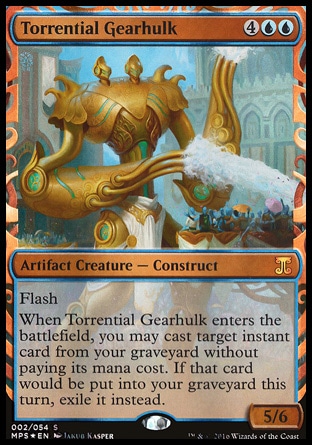
Conclusion
There are other possibilities (for example, if we play mana accelerators such as Servant of the Conduit we can essentially jump a step in our mana curve) but the principles have been shown. Thanks for your attention, and see you in the next class!
—Miguel Calvo
@moxesdotcom
Recommended Posts

5 New Double Shell Deck Box Colors
We’ve given our Double Shells a revision and they’re now available in 5 new awesome colors!
Read More
7 Sleeves Crafter Inspiration Id...
Your deck is unique! So why aren’t your sleeves? With Sleeve Crafter, you can create custom sleeves with the renowne
Read More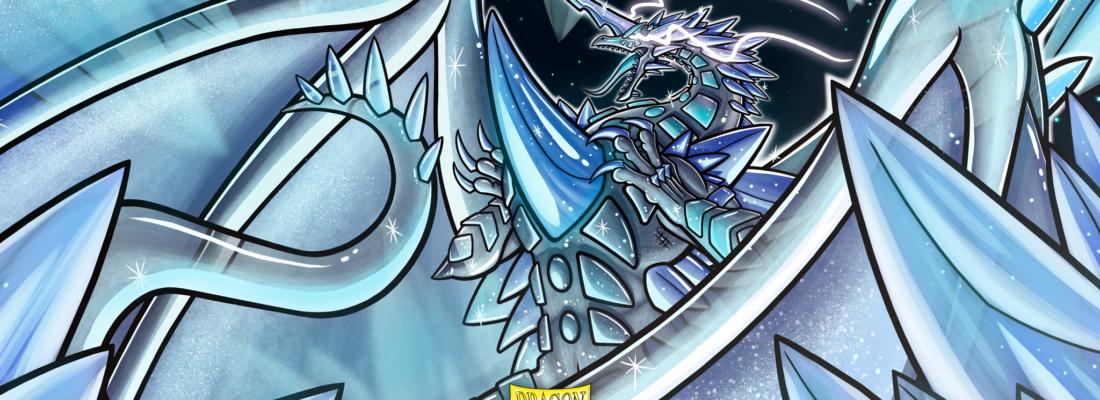
A Link to the Future!
What’s kickin’, y’all? Kwikpanik here again to bring you the fantastic news that a new world of Yu-Gi-Oh! has [.
Read More